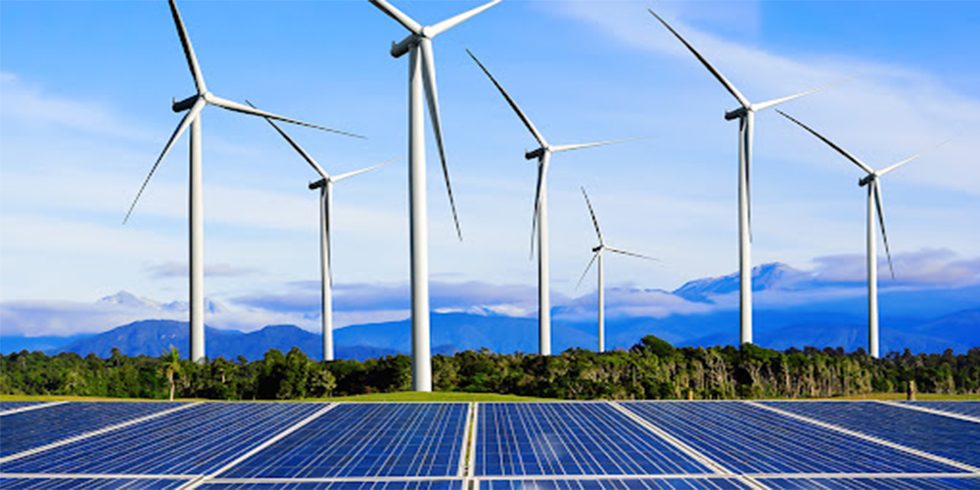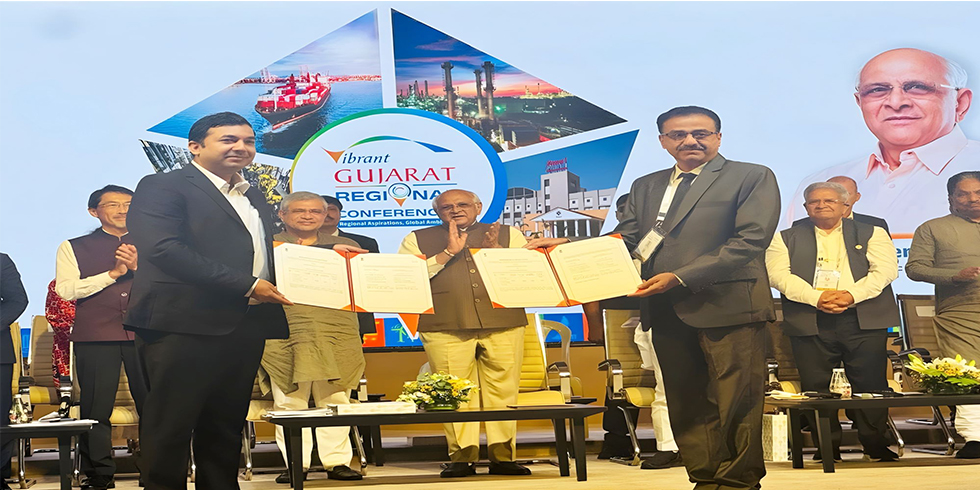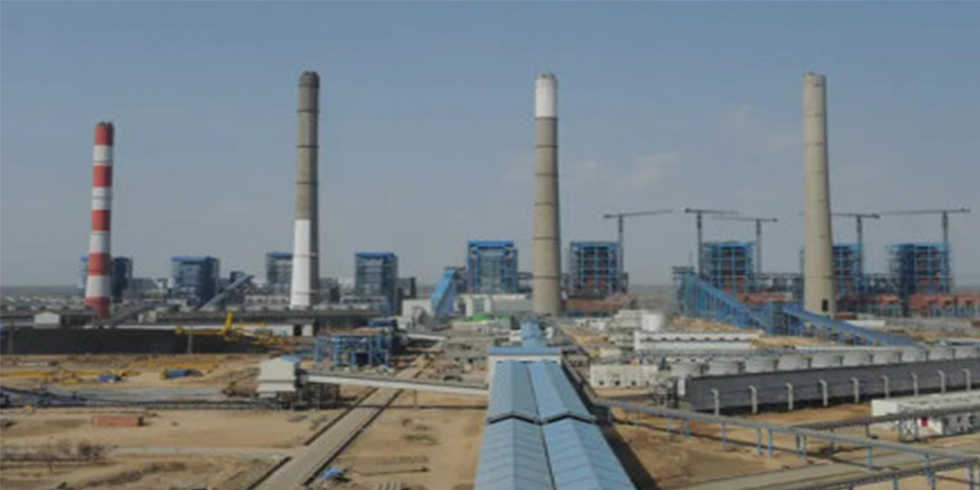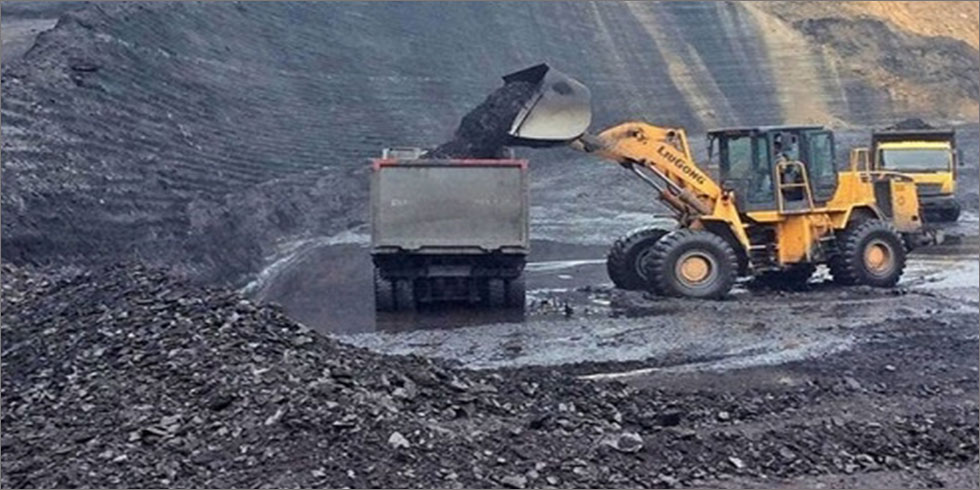According to a Vienna-based international sustainable development agency, India's rapidly industrializing and rising energy demand necessitate the use of all energy resources, including wind and solar. This presents a substantial potential opportunity for the renewable energy sector in India.
The Director and Chief of Staff of Sustainable Energy For All (SEforALL), Kanika Chawla, stated that the Indian government has demonstrated a strong and ongoing commitment to renewable energy. She told PTI that more manufacturing of renewable energy is taking place in India, which enhances security and lessens reliance on imports.
"India is employing manufacturing-related policies such as performance-linked incentives. She said, "All of this is really admirable and gives the people economic prosperity."
Chawla also agreed that the employment requirements for clean energy solutions are high, with each kWh of renewable energy creating three times as many jobs than thermal.
According to Chawla, India is also looking into geothermal options in Himachal Pradesh, Kashmir, and Ladakh. She also mentioned that offshore wind energy exploration is currently happening, and Gujarat and Tamil Nadu provides large-scale options.
Solar is now the most affordable renewable energy source generated worldwide because to a significant drop in price over the past ten years.
Due to the nation's high need for electricity, all types of fuel are required. Chawla emphasized that wind has the potential to be a good addition to the country's energy basket because of this. For such transmission methods, India will need to learn from international subsea projects and technologies.
The Green Hydrogen Mission's aims and ongoing initiatives, including collaborations with foreign businesses and technology transfer agreements, were highlighted by The Director and Chief of Staff of Sustainable Energy for All, Kanika Chawla.
India has nuclear power plants and is working on nuclear energy as well. The challenge here, however, is the lengthy lead time for the construction and key commissioning of a nuclear power plant with security and safety issues. In contrast, solar projects typically take 18 to 24 months to complete.
At the Singapore conference, Harish Dudani, a member of the Central Electricity Regulatory Commission, gave an update on the power sector. He stated that solar and wind power increased from 40 GW to 143 GW in a short period of time, from FY 2015–16 to FY 2023–24.
At COP 26 in Glasgow, India committed to obtaining approximately fifty per cent of its installed capacity for electricity energy from non-fossil fuel-based sources by 2030.
India has declared a Net Zero target year of 2070 and set an ambitious goal of 500 GW of variable renewable energy capacity by 2030 as part of its Green Transition.











Add Comment